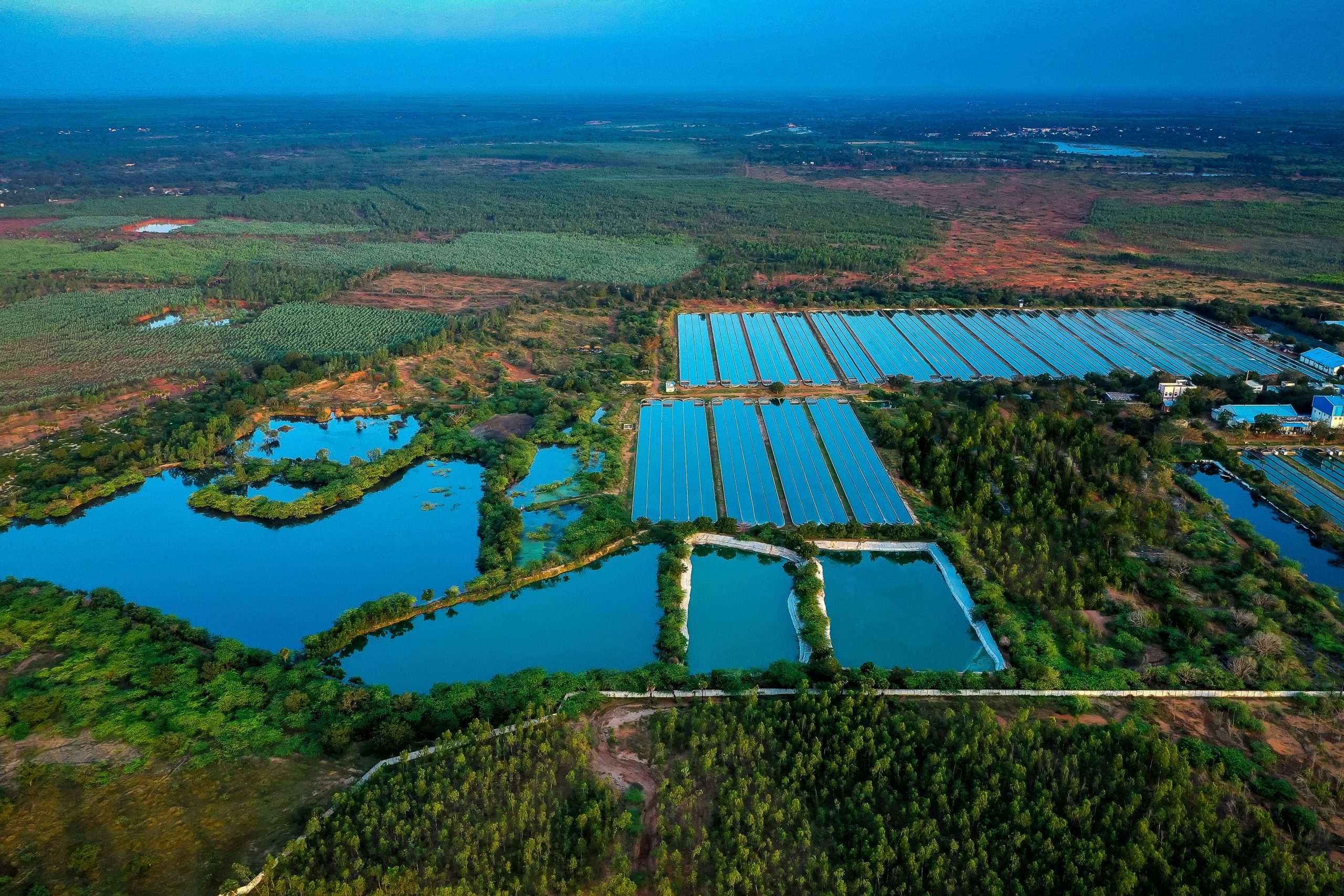Blog

The impending food crisis, and the start contrast in the numbers between food production, availability, as we saw in the “Future Food” blog is an irrevocable crisis we must avert at all costs. Global food supply has to double by 2050 to meet the demand of our growing population. Protein sources will be particularly strained. The world must find sustainable alternative protein sources.
These are absolute facts, but in search of an alternate protein source, one integral factor, that should be looked into is the deployment of water resources. There are varied theories, studies, and white papers that promote different solutions to this world-wide resonating problem, and we at Parry have wholly stuck by Spirulina to be that game changing whole protein that can truly solve this crisis while being mindful of our natural resources.
How?
At Parry, the cornerstone and core belief system has always been mounted upon sustainability, not just protecting mother earth, but promoting her life-systems as well.
We are environmentally conscious in our strategy and actions. We leave no stone unturned to reduce our ecological footprint, be it with regards to water, energy or waste management. Our water conservation, wastewater recycling and rainwater harvesting measures have helped us minimise our water footprint.
Here are 6 measures/practices, we as a brand priorities to ensure our brand values are upheld.
1. Improvement in process technologies replacing batch production with on-going production of Spirulina has reduced our water footprint
2. Technological interventions like disc filters, ultra-filtration system, decanters for algal harvesting process have facilitated reuse of water within the production process and resulted in reduced water footprint.
3. Entire quantity of wastewater generated in algae production process is recycled using state-of the art effluent treatment facility consisting of biological treatment followed by ultra-filtration and reverse osmosis system.
4. Multiple Effect Evaporator (MEE) has been installed to achieve Zero Liquid Discharge (ZLD). This has minimised the impact on environment due to wastewater discharge
5. 100,000 m3 capacity lagoons have been set up to store harvested rainwater. The sustainable source of water.
Part of the lagoons are equipped with liners. The facility is also exploring eco-friendly options of reducing water evaporation from lagoon.
6 Surface and rooftop rainwater harvesting system installed to harvest rain water from 78 acres area harvests 134,800 m3 rainwater per year.
